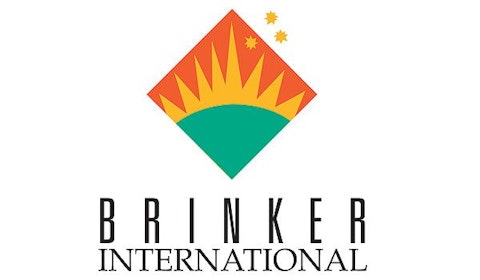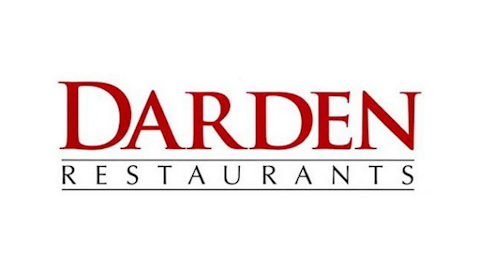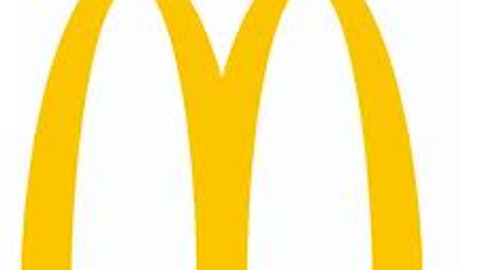Have you eaten at Chili’s lately? If so, then you have supported Brinker International, Inc. (NYSE:EAT). If you prefer a more upscale dining experience, or if you simply prefer Italian food, then perhaps you have dined at Maggiano’s at some point. If so, then you have also supported Brinker International.
Between these two establishments, Brinker International, Inc. (NYSE:EAT) owns and operates nearly 1,600 restaurants around the world. Brinker’s stock is up more than 200% over a three-year time frame, as well as 35% year to date. While this kind of upward momentum is possible to continue in the near term, it isn’t necessarily sustainable over the long haul.
The good news
Brinker International, Inc. (NYSE:EAT) relies heavily on a free spending consumer and the Consumer Confidence Index has shown steady gains over the past several months. This relates to job growth and the housing recovery. Though it’s not often discussed as a reason for rising consumer confidence, the stock market’s ascent also plays a significant role.

Other positives for the restaurant industry include a consistent increase in employment within the industry (which indicates confidence in future prospects), more middle-income consumers in emerging markets, improving traffic, strong same-store sales growth, and effective cost containment.
The bad news
We can look at all the trends, but it all goes back to the strength of the consumer. And today’s consumer is constantly looking for value. This has led to a lack of pricing power throughout the industry, which may eventually hurt margins.
Impressive numbers
Brinker International, Inc. (NYSE:EAT) management expects comps to come in at 2% to 3% for this year. It even expects a price increase of 1% to 2% at Chili’s for the year, which is impressive considering how value driven today’s consumer is.
It should also be noted that Brinker International, Inc. (NYSE:EAT) hosts over 1 million diners per day. That being the case, Brinker should be able to weather the storm, even if the economy completely tanks. Once a brand is established on a global basis, there’s a very good chance it will succeed over the long haul.
An interesting disconnect
Brinker International, Inc. (NYSE:EAT) has focused on international expansion, (while also cutting costs), and it has been successful. On the other hand, while revenue increased over the past several years, it still hasn’t reached the 2009 level. At the same time, the stock is at an all-time high.
This tells us that since the depths of the financial crisis, expectations have been extremely low. These low expectations combined with cost-cutting measures have led to consistent earnings growth, but demand still isn’t nearly as high as it was four years ago.
Better options?
Darden Restaurants, Inc. (NYSE:DRI) is a much larger company with a more diversified portfolio. Brands include Red Lobster, Olive Garden, LongHorn, The Capital Grille, Bahama Breeze, and Wildfish Seafood Grille. Darden owns and operates approximately 2,000 restaurants in the United States and Canada.
Revenue has consistently increased over the past three years. Earnings have also been strong on an annual basis, which has allowed Darden Restaurants, Inc. (NYSE:DRI) to return capital to shareholders. For example, Darden currently yields 4.30%, considerably higher than Brinker International, Inc. (NYSE:EAT), which yields 1.90%.
DineEquity Inc (NYSE:DIN) is smaller than both aforementioned companies, and it relies on Applebee’s and IHOP. Despite only having two brands, it owns and operates 3,600 restaurants in 17 countries. DineEquity was once a top player, but increased competition has led to Applebee’s being seen as just another dinner option.
IHOP still has appeal, but due to changing trends and increased competition, consumers aren’t as likely to sit down and enjoy breakfast at an IHOP as they were in the past. This is evidenced by DineEquity Inc (NYSE:DIN)’s consistent revenue declines over the past five years. DineEquity yields 4.30%, but with a debt-to-equity ratio of 4.34, and no growth, current dividends might not be sustainable.
Conclusion
Brinker International, Inc. (NYSE:EAT) is growing, but the bar was a low one to hop. Still, management looks to be doing a good job of cutting costs and driving earnings while also increasing international exposure. But increased competition makes a company with only two brands a high risk.
If you’re looking to invest in the space, then you should consider going with a more diversified company that has demonstrated solid top-line growth and strong annual profits, a company like Darden Restaurants, Inc. (NYSE:DRI). Its 4.30% yield is also an added bonus.
However, this isn’t a resilient play, and it’s recommended that you keep a sharp eye on the health of the consumer. If you don’t have time to do so, then you may want to look elsewhere.
The article Should You Invest Where You Eat? originally appeared on Fool.com and is written by Dan Moskowitz.
Dan Moskowitz has no position in any stocks mentioned. The Motley Fool owns shares of Darden Restaurants. Dan is a member of The Motley Fool Blog Network — entries represent the personal opinion of the blogger and are not formally edited.
Copyright © 1995 – 2013 The Motley Fool, LLC. All rights reserved. The Motley Fool has a disclosure policy.





